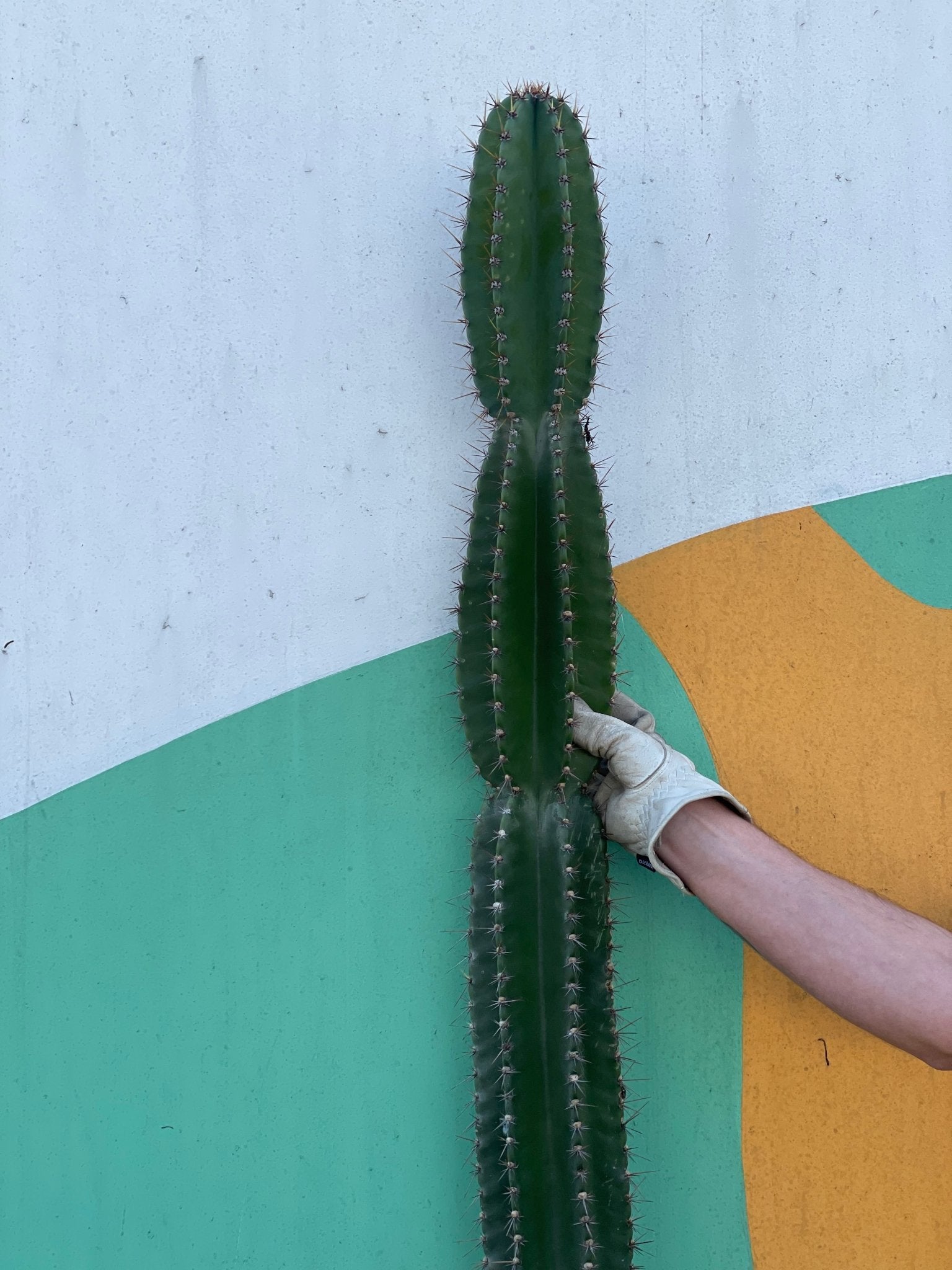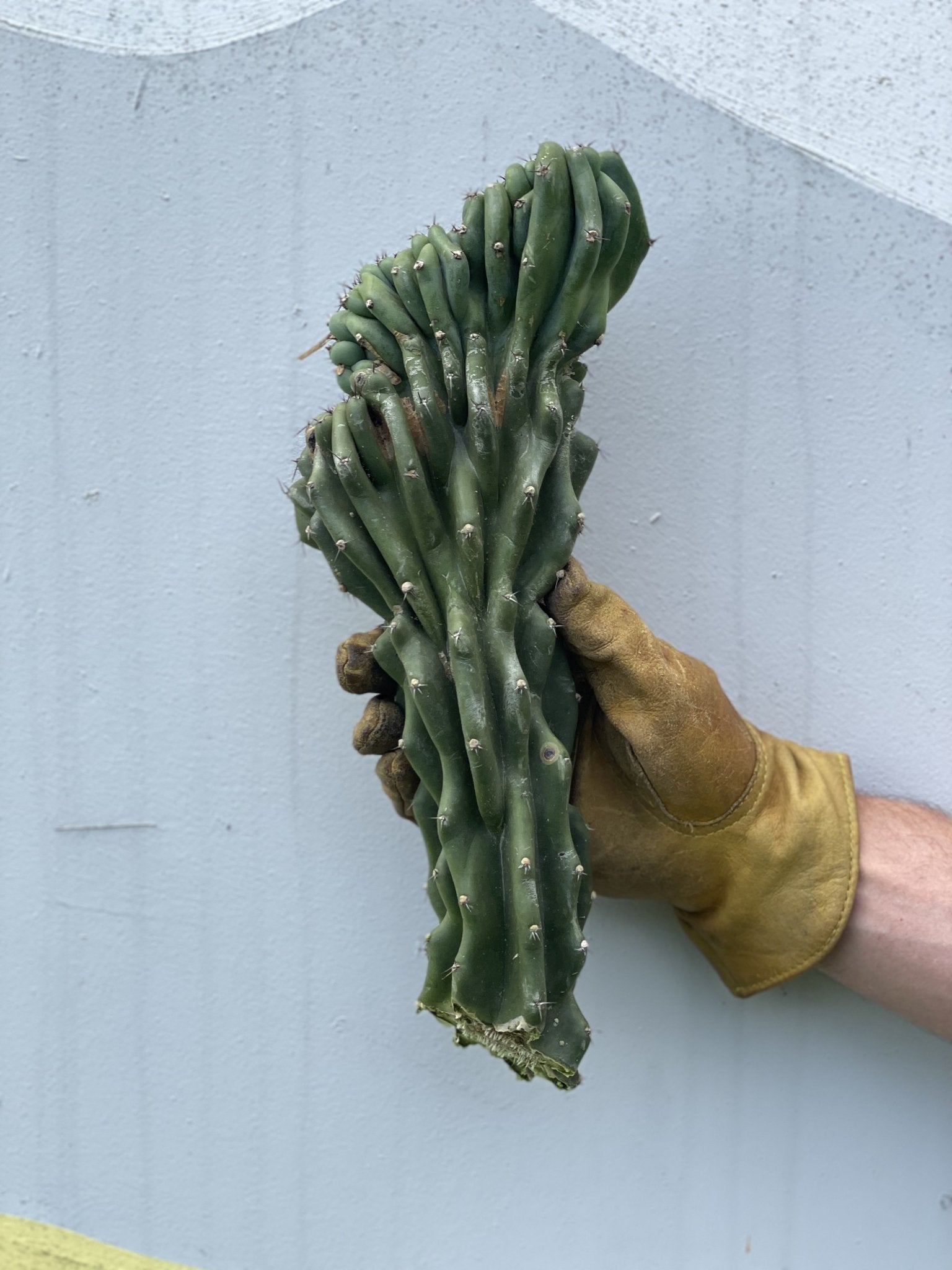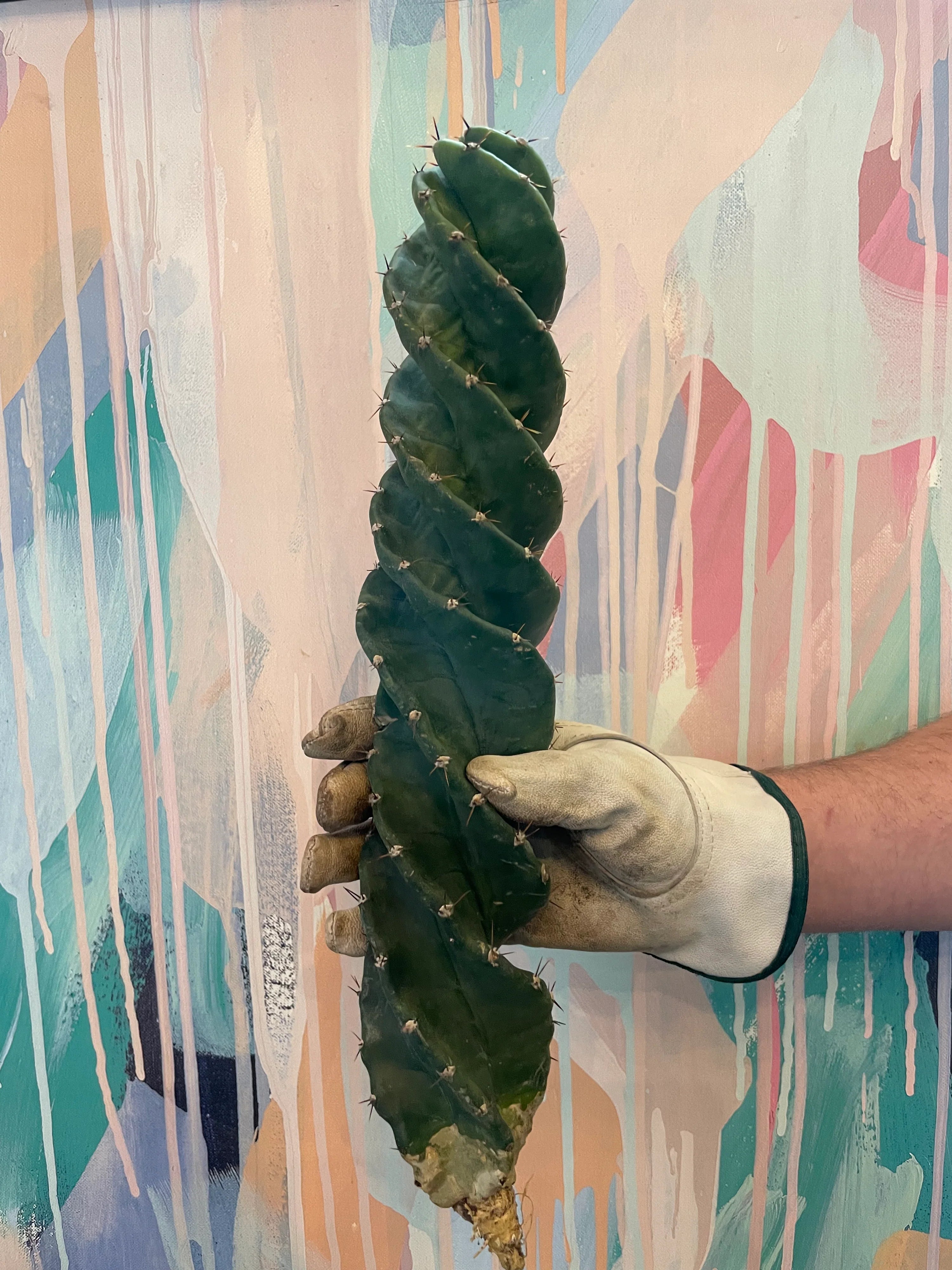If you have a penchant for unique, rare plants, a spiral cactus might be the perfect addition to your collection. A species of natural beauty and intrigue, the spiral cactus stands out due to its distinct shape and eye-catching growth pattern.
This guide will explain how to properly care for your spiral cactus, ensuring its long-term health and continued growth.
Understanding the Spiral Cactus
Native to Peru, the spiral cactus, also known as Cereus forbesii, was once a luxury item owned only by affluent botany enthusiasts. Nowadays, it's becoming increasingly accessible but still holds its unique appeal.
This fast-growing plant can stretch up to heights of 6 to 13 feet and can be 4 to 5 inches in diameter when fully grown. It exhibits a striking bluish-green color and has a waxy texture. Blooming heavily, the spiral cactus produces striking flowers that can be pollinated to produce large, non-toxic purple fruit.
Spiral Cactus Care Tips
Ensuring your spiral cactus thrives requires a little bit of dedication and some knowledge. Below, we explore the crucial steps you need to take to maintain a healthy spiral cactus:
Watering Schedule: The watering requirements of a spiral cactus vary with the seasons. During the growing seasons of spring and summer, your cactus requires frequent watering. However, as its growth slows down in fall and winter, it's essential to cut back on the watering frequency to prevent overhydration.
Soil Moisture Monitoring: Soil moisture levels can significantly influence a spiral cactus's health. Using a moisture meter provides an accurate means to determine your cactus soil's water content. This helps you avoid overwatering. (a common mistake in cactus care).
Drainage: Proper drainage is critical in maintaining a healthy spiral cactus. Watering the plant while it's in its tray can lead to excessive water retention, increasing the risk of root rot. Always remove the cactus from its tray when watering, and ensure any leftover water is fully drained.
Sunlight Exposure: Sunlight management is key to keeping your spiral cactus vibrant. Younger spiral cacti need a blend of sun and shade, but as the plant matures, it can tolerate and indeed thrive in full sunlight.
Fertilization: Spiral cacti, like most plants, benefit from regular feeding. Use a balanced fertilizer twice a month during the growing season to ensure your cactus has all the nutrients it needs for optimal growth.
Temperature Management: Spiral cacti are sensitive to low temperatures and rapid temperature changes. Ensure your cactus is placed in an area where temperatures stay above 50 degrees Fahrenheit, and avoid areas where temperature fluctuations are frequent.
Handling and Safety: Despite their beautiful appearance, spiral cacti can be harmful if improperly handled due to their sharp spines. Always wear gloves when handling and keep the plant out of reach from children and pets.
Repotting: Over time, your spiral cactus will outgrow its pot or require fresh soil. To cater to this growth and ensure nutrient availability, repot the cactus every other year, preferably in a heavy pot to keep the growing cactus stable.
Remember, caring for a spiral cactus is a rewarding experience that requires attention and love. Following these steps will help ensure your cactus remains a centerpiece of beauty in your home or garden.
Common Issues with Spiral Cacti
Spiral cacti, with their unique grooved structure, are unfortunately susceptible to pest infestations, particularly by mealybugs and scale. These pests thrive in the crevices of the cactus, leading to challenges in early detection until an infestation becomes significant.
Mealybugs and scale insects both feed on plant sap and excrete a sticky substance called honeydew, encouraging the growth of sooty mold which can further damage the plant. Over time, heavy infestations can cause the cactus to yellow, drop leaves, and potentially stunt its growth.
Regular checks of the spiral cactus, paying special attention to its grooves and the undersides of the leaves, are critical for catching these pests early. If detected, insecticidal soap or a specific cacti pesticide should be applied according to the label instructions.
Spiral cacti are also prone to root rot from overwatering or inadequate drainage. By maintaining a proper watering schedule and ensuring the soil drains well, you can prevent this issue. Just be sure to keep a keen eye on these potential problems to maintain your spiral cactus's health.
Final Thoughts
The spiral cactus is a beautiful and exotic addition to any plant collection, rewarding you with stunning blooms when properly cared for. Remember to provide the right balance of sunlight, monitor water intake, maintain optimal temperature, and repot when necessary. By doing so, you’ll be able to enjoy the beauty of this unique cactus for many years to come.
Ready to add a Spiral Cactus to your collection? Visit Varnish & Vine today to start your exciting journey with this rare tropical plant.












Leave a comment